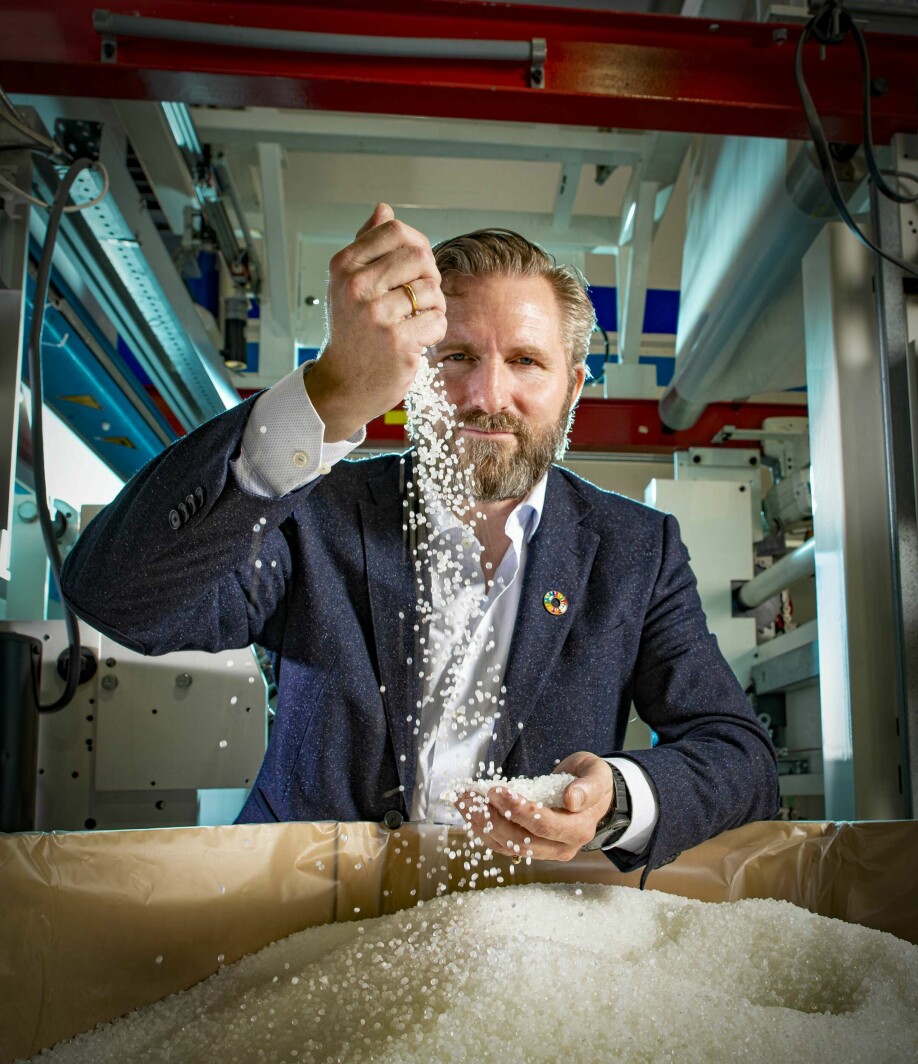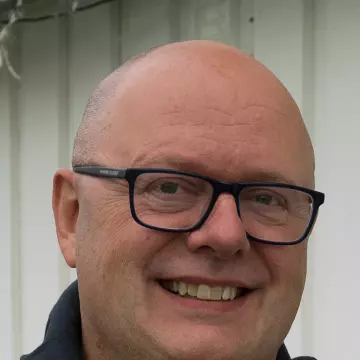
Making useful products from greenhouse gases
A new plant will use CO2 to both replace oil and be transformed into useful chemicals.
A plant in the Norwegian town Porsgrunn will use carbon dioxide, CO2, to make useful products — instead of emitting it and contributing to global warming. The CO2 will also replace oil and other fossil raw materials.

Acetone first
“The goal is to build a demonstration plant in Herøya Industrial Park to show how we can produce acetone and a selection of other chemicals,” says Alexander Wentzel, a senior researcher at SINTEF, a research institute in Trondheim, Norway.
The new plant will show that it is possible to move this production from the lab bench to a larger scale. The process is called upscaling. In this case, the plan is for 4,000 tonnes to be produced per year.
SINTEF is coordinating a European project called PyroCO2. Twenty companies and research institutes from eleven countries are collaborating to find new ways to capture and use the greenhouse gas.
SINTEF researchers have been studying carbon capture and storage for 35 years. Now they are taking the next step towards an economic model that isn’t harmful for the climate: Instead of just storing CO2, we should put it to work.
Building blocks
“Many everyday products are made from chemicals. The chemicals are like building blocks. What we are going to show is that we can produce these building blocks from CO2 instead of making them from oil,” Wentzel said to sciencenorway.no.
He uses plastic as an example. All types of plastic are made up of different chemicals. These chemicals come from oil refineries.
Bacteria eat CO2
“Or these chemicals can be produced using biotechnology. In our case, bacteria produce the chemical building blocks from CO2,” he says.
The bacteria eat the CO2 and turn the greenhouse gas into chemicals.
Other bacteria can produce the same building blocks from sugar, which in turn comes from biomass. Biomass is essentially trees, plants, livestock manure or anything else that comes from plants or animals.

Too few plants in the world
“Today we make so many products from oil that if we want to replace all of them with biomass, it won’t work. There is simply not enough carbon from biomass for us to make all the products we use today,” Wentzel said. “So we need to find alternatives. Recycling carbon from CO2 is one such option.”
The plant in Herøya Industrial Park will start by producing acetone, with the idea being that this will show it is possible to operate the process at a large scale. The process will also be tested with other chemicals.
Acetone is best known as nail polish remover. In this case, the plant will refine it further. Part of the project is to use the building blocks that are created for plastic and aviation fuel.
Turned into plastic
Norner company will use the project to make more environmentally friendly plastic. Norner studies and develops plastic materials — such as the plastic that is used to wrap food products. According to Norner, PyroCO2 can make this plastic more sustainable.
“The project both captures CO2 and creates added value and new products,” Thor Kamfjord, director of sustainable development at Norner, said in a press release.
Translated by Nancy Bazilchuk
———
Read the Norwegian version of this article at forskning.no































